Lough Gur 6000 years of History
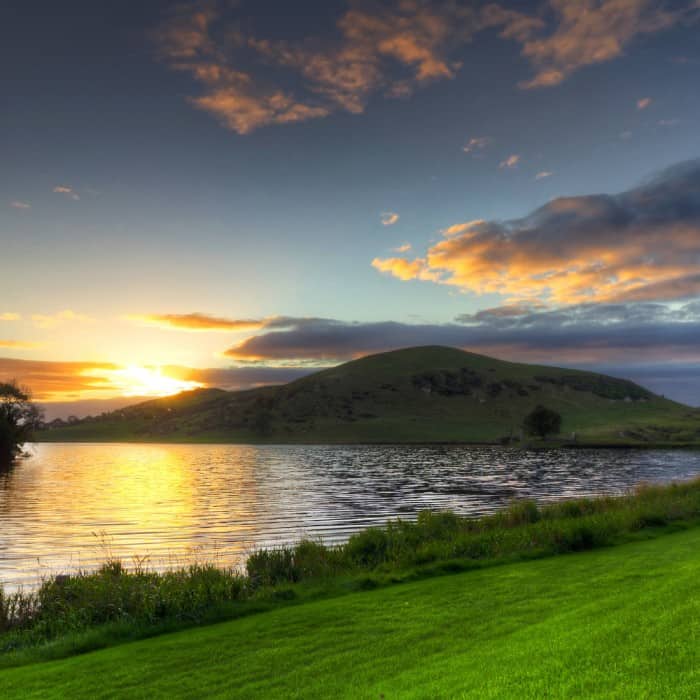
History and Facts
The area of Lough Gur in County Limerick has some fascinating history, the area is significant in terms of Irish history. Lough Gur is one of Ireland’s most unique sites. Archaeological evidence has been found that humans have lived in the area dating back to the Neolithic period. The lake and area around Lough Gur is steeped in history.
The lake used to be surrounded by early human settlement type houses dating back to the Neolithic period. The people that lived at Lough Gur are described as Ireland’s first farmers. These people endured hard work to clear out large areas to start cultivation of crops.
Neolithic settlements were discovered at Lough Gur, these settlements formed a small village and the area was excavated by archaeologists. The houses faced the south-facing area of Knockadoon peninsula that is close to the lake at Lough Gur.
There were circular shaped and rectangular shaped houses discovered. The houses were built around five to six thousand years ago, the building work involved inserting wooden posts into the grounds in double rows. The posts helped to support a hipped design roof and side screens were made up from woven hazel timber rods.
The screens were then packed with a mixture of straw and clay and left to dry. These screens formed panels that were draft-proof and water-proof. The houses may have been packed with straw or earth sods to insulate them. These houses show the early type designs that were lived in by Ireland earliest known occupiers.

Evidence of humans living in the area for 6000 years is truly amazing, there have been a large number of objects found in the area including axes, flints and spearheads. The lake was drained at Lough Gur and this uncovered some very interesting objects, an old Yetholm type design shield was found.
If you are interested in some cool stuff to do in Limerick see my 2 days in Limerick blog post.
Getting There
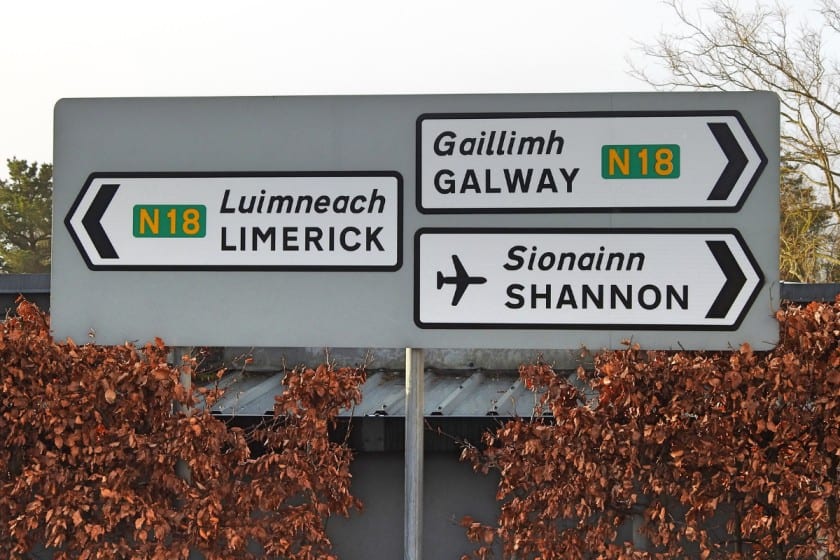
Travelling to Lough Gur from Limerick takes around 25 to 30 minutes, you travel along the R521 to Lough Gur, from Limerick the distance is around 19.7 kilometres. Travel time from Dublin to Lough Gur is around 2 hours and 45 minutes depending on traffic with a distance of around 210 kilometres.
Stone Circle
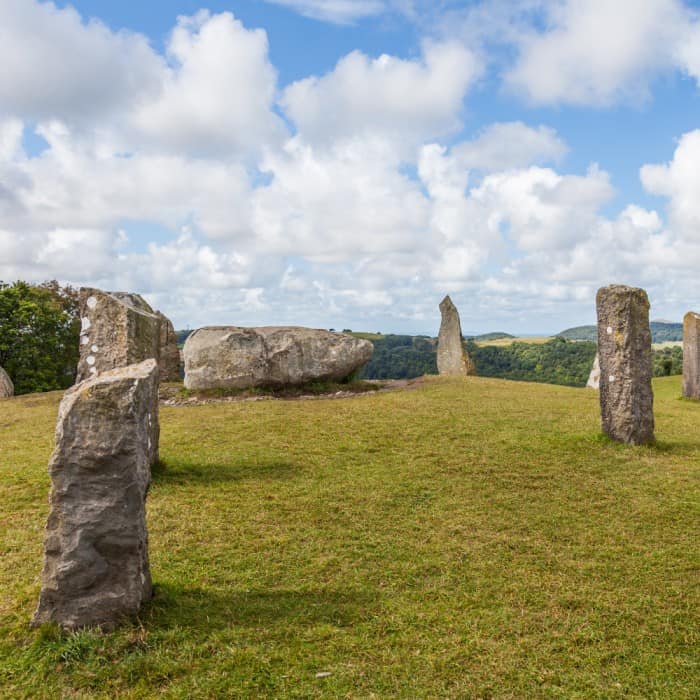
There is a stone circle in the area in Grange County Limerick that has been found to be the biggest in Ireland. The stone circle has a ring of continuous standing large stones that are up to 2.8 metres high. There is 113 standing stone in total in the enclosure.
Clay was packed to a depth of about 60 centimetres across the whole part of the enclosure of the stone circle. The area is located in County Limerick between Bruff and Grange on the R512. The stone circle is around 46 metres in diameter. The stones are covered in moss and are heavily weathered.
The stone circle has been assessed by a number of experts, theses experts have investigated the history of the area and stone circle and checked for solar alignments. The stone circle is popular with hippies, and spiritualists. There are events on the site, at midsummer’s eve groups assemble at the stone circle to watch sunrise shine through the passageway.
The area was excavated, neolithic beaker pottery was discovered, and a posthole in the centre of the stone circle was discovered. This posthole indicates that the stone circle was measured with a rope from the centre point.
A short distance to the northeast of the main stone circle, there is a second smaller circle, consisting of large stones and to the north of this stone circle, there is a large leaning standing stone.
The Shield
The shield discovered in Lough Gur is a Yetholm-type design shield, this shield dates back to 1200 to 800 BC. The shield was found by two local lads Nicholas and Charles Hayed and sold for two pounds. The two boys found the shield while digging.
The shield was later sold by a historian Maurice Lenihan for sixty pounds. The original shield is on display in Ireland’s capital city Dublin in the National Gallery.
There is a full-size replica of the shield on display in the visitor centre, it’s a beautiful example of an old shield. This replica was created in a Kilkenny design centre over 30 years ago.
The beautiful Yetholm-type shields come from Ireland and the UK. The name comes from an area in Southern Scotland where three of the shields were discovered in peat bogland. There are only 22 of these shields are known to exist.
Visitor Centre
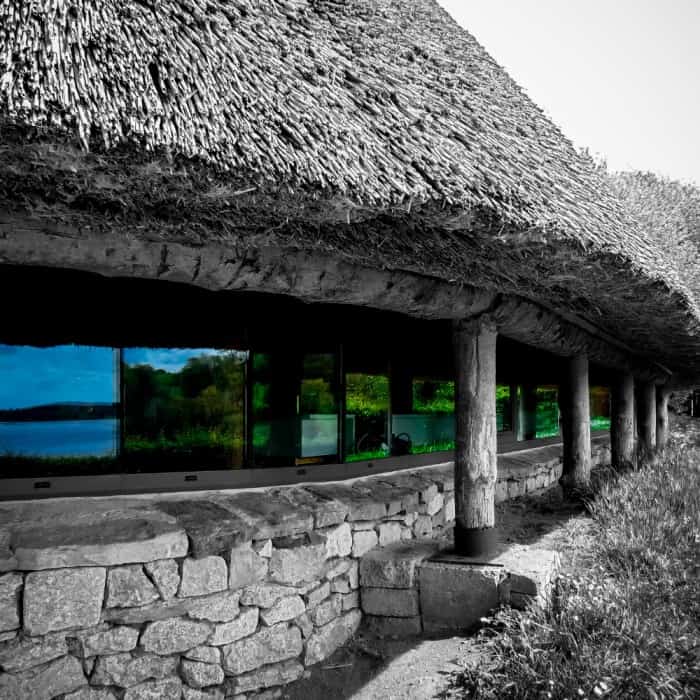
There are a number of options when visiting the visitor centre, guided tours can be booked for groups, you can book a ticket for a range of tour opinions online on the Lough Gur website. The centre was built and opened in 1981.
The Lough Gur website has lots of useful information, there is a built-in online store which is a great feature. You can purchase some Lough Gur calendars and books.
Travel Tip
It is free to walk around the Heritage Centre. The grounds are opened all year round and its a worth trip to see this very interesting place in Ireland.
Opening times
March
Monday to Friday Daily 10.00 am to 4.00 pm
Saturday and Sundays 12.00 pm to 4.00 pm
Bank Holidays – 12.00 pm to 4pm
April to October
Monday to Friday Daily 10.00 am to 6.00 pm
Saturday and Sunday 12.00 pm to 6.00 pm
All Bank Holidays 12.00 pm to 6.00pm
Ticket prices
Tickets for enter into the exhibition
Children €3.00 euros
Adults €5.00 euros
Family Tickets €15.00 euros
Seniors or students €4.00 euros
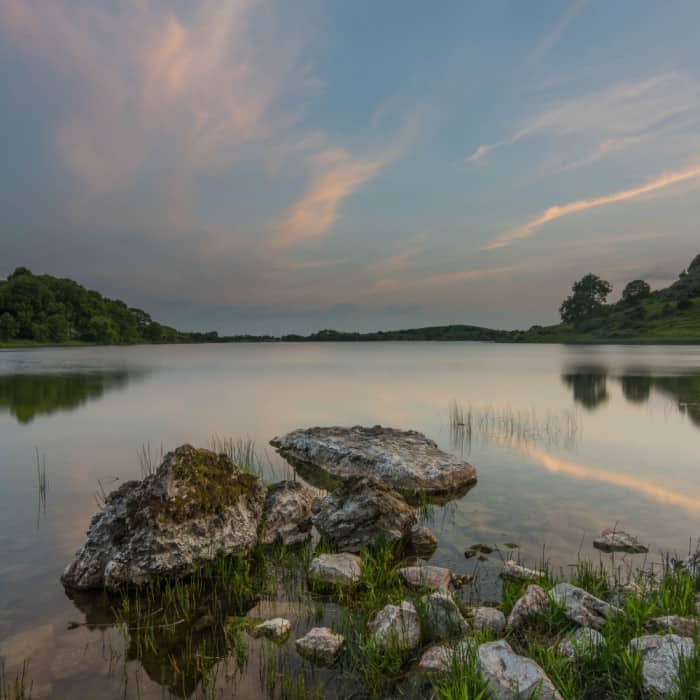
The visitor centre has a beautiful example of one of the buildings that were originally in the area, there is a circular shaped building and rectangle-shaped building on display in Lough Gur.
The visitor centre is well designed and very well laid out, with lots of interesting information about archaeology and folklore from the area.
There is lots of information on history in the centre. There are some reproductions of the fantastic artefacts that were discovered in the area on display and some really cool interactive display panels. The visitor centre has something for all age groups, it’s an important informational point that helps explain the complexity of the archaeology and history and facts of Lough Gur.
There is a looped walk that travels along some of the archaeological sites of the whole area. This walk is a great way to see some of the interesting spectacles of buildings and field type systems that the early medieval settlers used in Lough Gur. The area has some beautiful viewpoints, it’s a great spot for some nice photos.
The Lake at Lough Gur
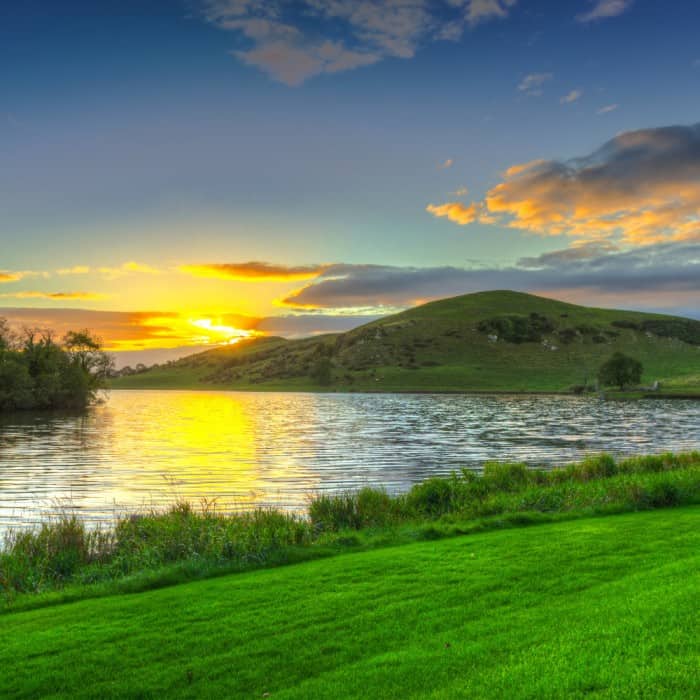
The lake is a shallow lake at around 3.5 metres at the deepest part of the lake. There are some underground springs surrounding one of Ireland’s most important sites. The lake sometimes has boats and motorised crafts on the waters. There is strictly no fishing in the lake at Lough Gur.
Located next to the Lake area is an old castle, this castle is closed to visitors. The Bourchier castle is named after George Bourchier who was the son of the Earl of Bath. There is an early Christian church in the area of Lough Gur.
Located at the far end of the lake area is an old Norman castle that is in a ruined condition, the castle is called Black Castle. This castle has links to the Earl of Desmond.
Local Attractions Close to Lough Gur
Glenstal Abbey
Glenstal Abbey is located around a 30-minute drive from Lough Gur and around 25.2 kilometres away. The abbey in Glenstal is a Benedictine monastery and is set on a large 500-acre land bank.
The estate has lakes, woodland areas and some beautiful streams. The castle is a Norman style. The monks that live there run a boarding school, a guest house and a farm. It’s a nice place to visit and has some interesting stuff to see.
Medieval Kilmallock
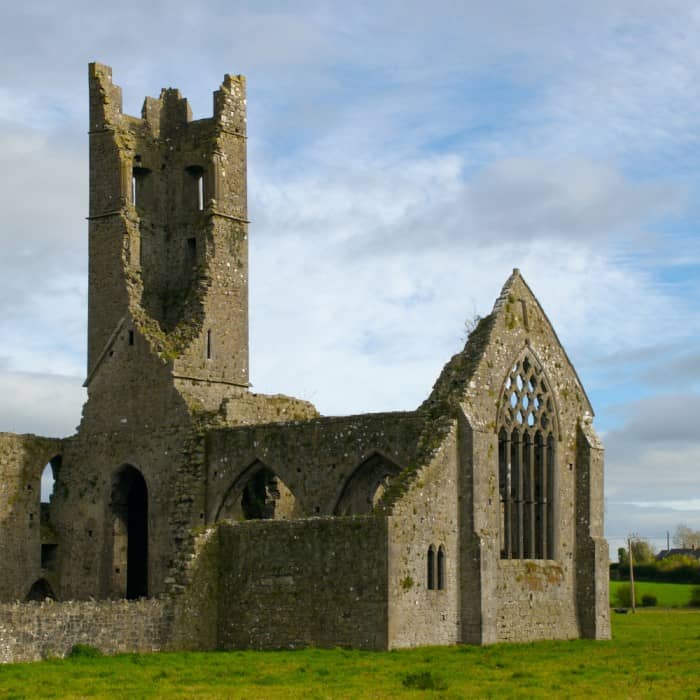
Medieval Kilmallock is located a short drive from Lough Gur. The town is around a 20-minute drive from the visitor centre at Lough Gur.
Kilmallock was a Norman town and was an important area for Irish politics during the 13th century and up until the 1700s. The area is steeped in history and has many beautiful architectural buildings and some national monuments.
I hope you find this article useful, please share it on social media.
See my post here on 24 Things to Do and See in Limerick!
I welcome any suggestions or recommendations by email, the email address is info@allthings-ireland.com.
Thanks
John C
All Things Ireland
Recent Posts
Unraveling the Enigma: Exploring the History and Symbolism of Celtic Knots
The Origins of Celtic KnotsThe intricate artistry of Celtic knots holds a rich history that dates back centuries to the Celtic tribes of ancient times. These ancient peoples, with their strong...
Researching Budget-Friendly Accommodation OptionsWhen planning a budget-friendly trip, one of the key aspects to consider is finding affordable accommodation. Start your search by exploring options...
